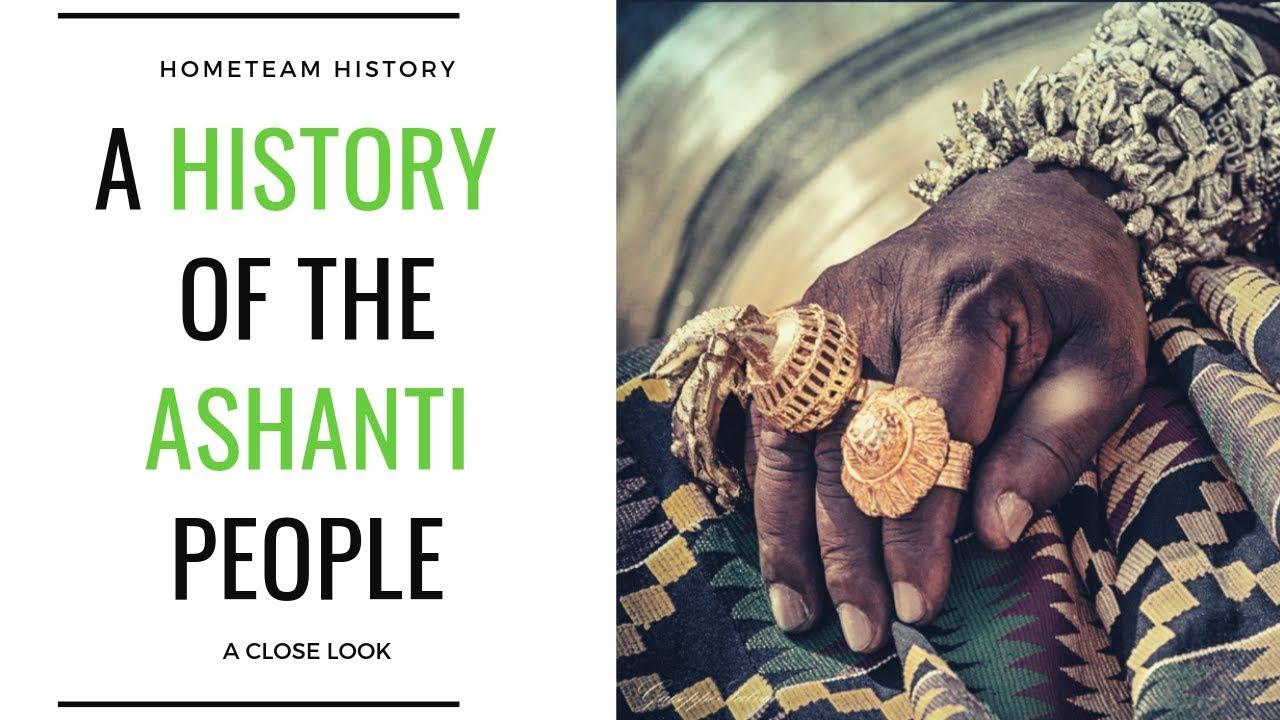Unveiling the Splendor and Legacy of the Ashanti Kingdom: A Timeless Treasure of African heritage
Meta Title: Exploring the ashanti kingdom: A Journey into African Heritage and Legacy
Meta Description: Discover the captivating history, cultural traditions, and architectural wonders of the Ashanti Kingdom, an enduring testament to African heritage and a vibrant symbol of resilience.
Introduction
nestled in the lush heart of Ghana, the Ashanti Kingdom stands as a beacon of African civilization, its legacy spanning centuries and shaping the cultural landscape of the continent. renowned for its grandeur, artistic achievements, and political prowess, the Ashanti Kingdom continues to inspire and captivate the world with its timeless splendor.
A past Odyssey
The Ashanti Empire emerged in the early 17th century, consolidating power through a series of strategic alliances and military conquests. By the 18th century, the Ashanti Kingdom reached its zenith, extending its influence over a vast territory in present-day ghana and beyond.
The Ashanti people developed a complex political system characterized by a centralized monarchy, a council of elders, and a highly organized military. Their military prowess was unparalleled, paving the way for territorial expansion and the establishment of lucrative trade routes.
cultural Heritage
The Ashanti Kingdom is a vibrant tapestry of cultural traditions that have been passed down through generations.
1. Artistic Masterpieces:
Goldwork: The Ashanti were renowned goldsmiths, creating exquisite jewellery, sculptures, and regalia adorned with intricate designs.
Kente Cloth: The vibrant and multicolored Kente cloth is a cultural icon, woven with symbolic patterns that reflect the wearer’s status and lineage.
Pottery: Ashanti pottery showcases a unique style of earthenware with geometric patterns and decorative motifs.
2. Music and Dance:
Adowa: The Adowa dance is a graceful and expressive traditional dance, performed at festivals and ceremonies.
Fontomfrom: The Fontomfrom drums play a vital role in Ashanti music, providing a rhythmic backdrop to dances and processions.
3. Festivals and Celebrations:
Odwira Festival: The annual Odwira Festival celebrates the Ashanti people’s history, culture, and resilience through music, dance, and traditional rituals.
Akwasidae Festival: Every six weeks, the Akwasidae Festival honors ancestors and renews the spiritual connection within the community.
Table 1: Ashanti Architectural Marvels
| Architectural Masterpiece | Description |
|:—|:—|
| Manhyia Palace | The official residence of the Ashanti king, showcasing traditional architecture and intricate carvings |
| Asanteman Museum | Houses a vast collection of Ashanti artifacts, providing insights into the kingdom’s history and culture |
| Kumasi Fort | A UNESCO World Heritage Site, built by the British in the 19th century as a military outpost |
Benefits and Practical tips
Cultural Immersion: Visiting the Ashanti Kingdom offers an immersive experiance into African heritage and cultural traditions.
Historical Significance: Exploring the kingdom’s historical sites deepens understanding of Ghana’s past and the legacy of African civilization.
Sustainable Tourism: Supporting local communities through tourism contributes to the preservation of Ashanti culture and sustains the kingdom’s legacy.
Case Studies
The restoration of Manhyia Palace showcases the efforts to preserve Ashanti architectural heritage for future generations.
The success of a community-based tourism initiative in Akropong has empowered local women and safeguards ashanti cultural knowledge.
Conclusion
The Ashanti Kingdom is an enduring testament to african ingenuity, resilience, and cultural excellence. Its legacy continues to resonate, inspiring a sense of pride and admiration for the achievements of its ancestors. By embracing the kingdom’s splendor and traditions, we not only enrich our understanding of african heritage but also contribute to its preservation and vibrancy for posterity.

